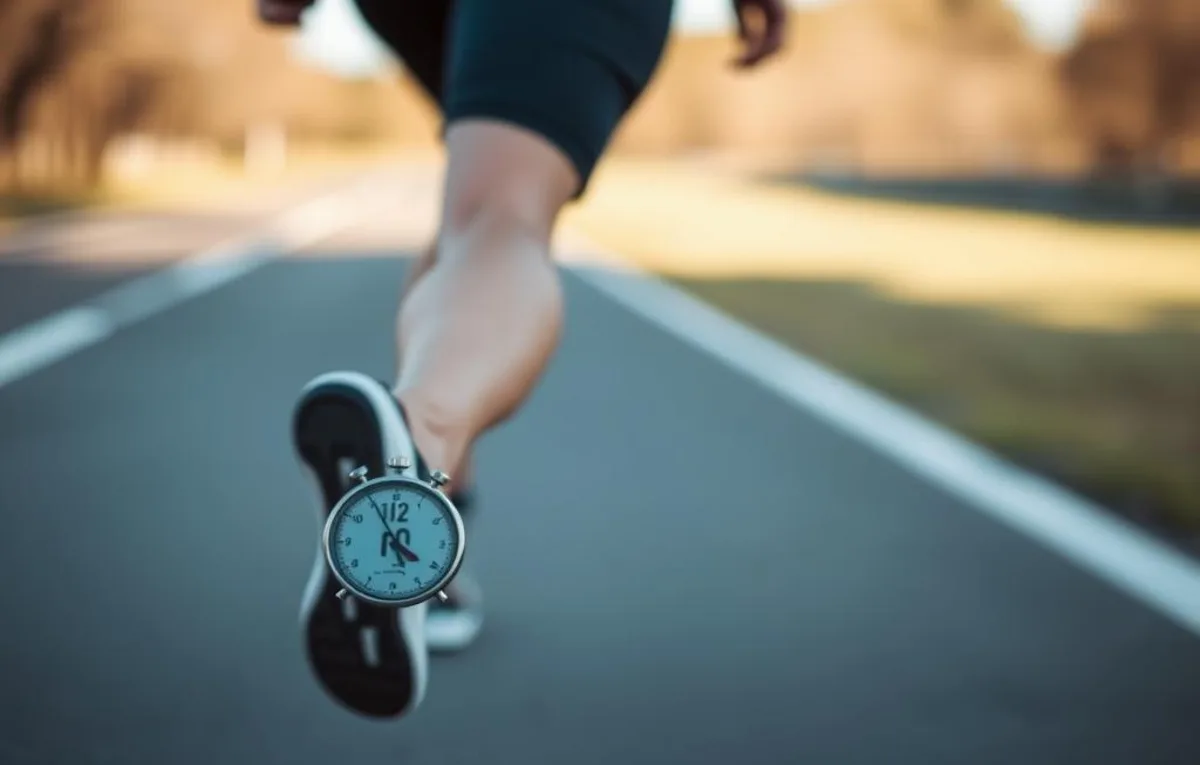As we dive into the new year, many athletes and fitness enthusiasts are setting new goals for themselves. One key aspect of achieving success in any sport or physical activity is tracking and improving individual best times. In this blog post, we’ll explore the top 10 ways to do just that, helping you optimize your performance and reach new heights.
1. Use a Running App to Track Your Times
There are numerous running apps available that can help you track your individual best times. Some popular options include Strava, Runkeeper, and Nike Run Club. These apps often provide detailed analytics and insights into your performance, allowing you to identify areas for improvement. By using these apps, you can set goals, track your progress, and stay motivated to reach your best times. Additionally, many of these apps offer features such as social sharing, leaderboards, and challenges, which can help you stay engaged and motivated. Furthermore, some apps provide personalized coaching and training plans, which can help you improve your performance and reach your best times.

2. Invest in a High-Quality Stopwatch
A reliable stopwatch is essential for accurately tracking your individual best times. Look for a stopwatch with a high level of precision and a user-friendly interface. Some popular options include digital stopwatches, analog stopwatches, and even smartwatches with stopwatch functionality. When choosing a stopwatch, consider factors such as accuracy, durability, and ease of use. Additionally, some stopwatches come with features such as split times, lap times, and memory recall, which can be helpful for tracking your progress and identifying areas for improvement.
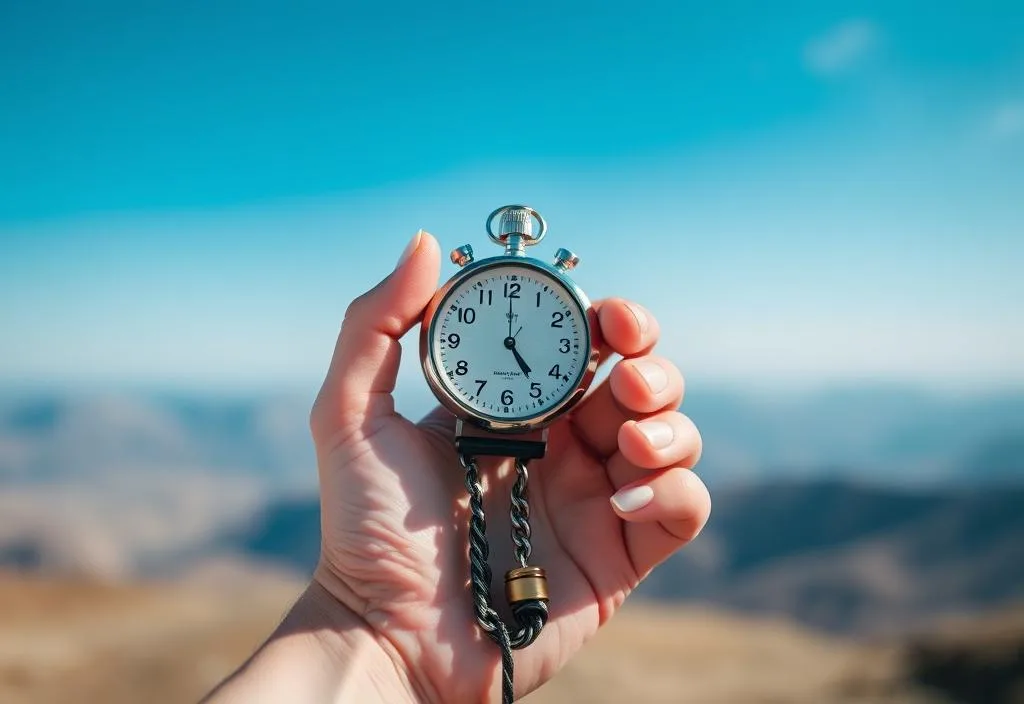
3. Create a Training Plan
Developing a structured training plan can help you improve your individual best times over time. Focus on consistent training and progressive overload to see results. A well-designed training plan should include a mix of aerobic and anaerobic exercises, as well as rest and recovery days. Additionally, consider incorporating strength training and flexibility exercises to improve your overall fitness and reduce your risk of injury. When creating a training plan, consider factors such as your goals, fitness level, and available time. Be sure to include a mix of challenging and easy workouts to keep you motivated and prevent burnout.
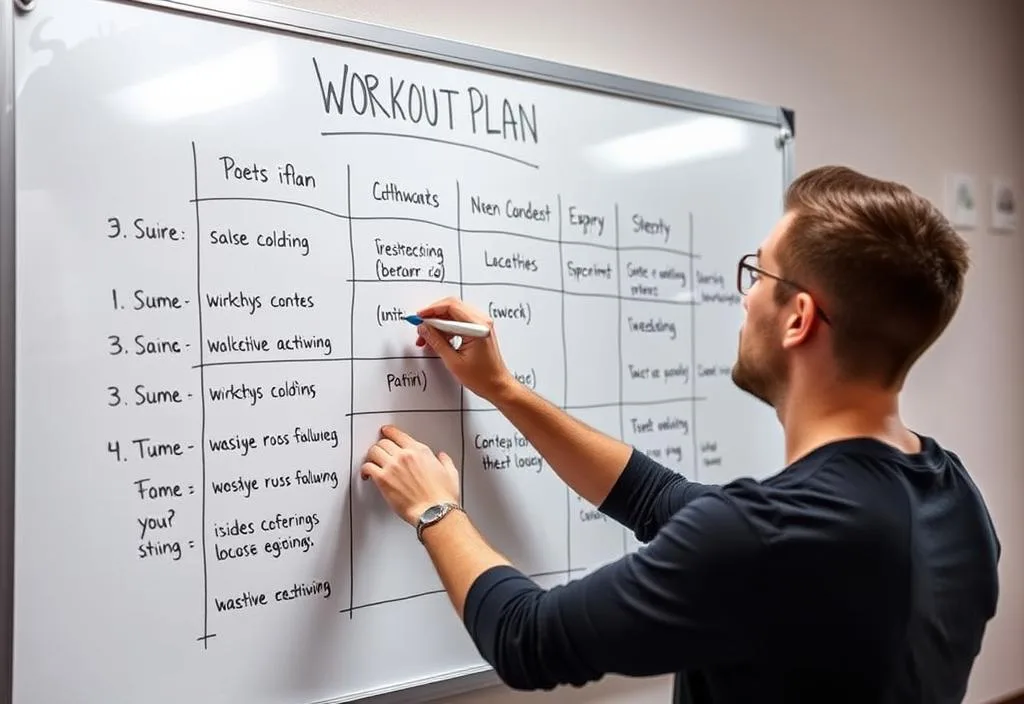
4. Focus on Interval Training
Interval training is a great way to improve your individual best times. This type of training involves alternating between periods of high-intensity exercise and active recovery. Interval training can be applied to a variety of exercises, including running, cycling, and swimming. When incorporating interval training into your routine, consider factors such as your fitness level, available time, and goals. Start with shorter intervals and gradually increase the duration and intensity as you become more comfortable. Additionally, consider incorporating different types of interval training, such as hill sprints, tempo runs, and high-intensity interval training.
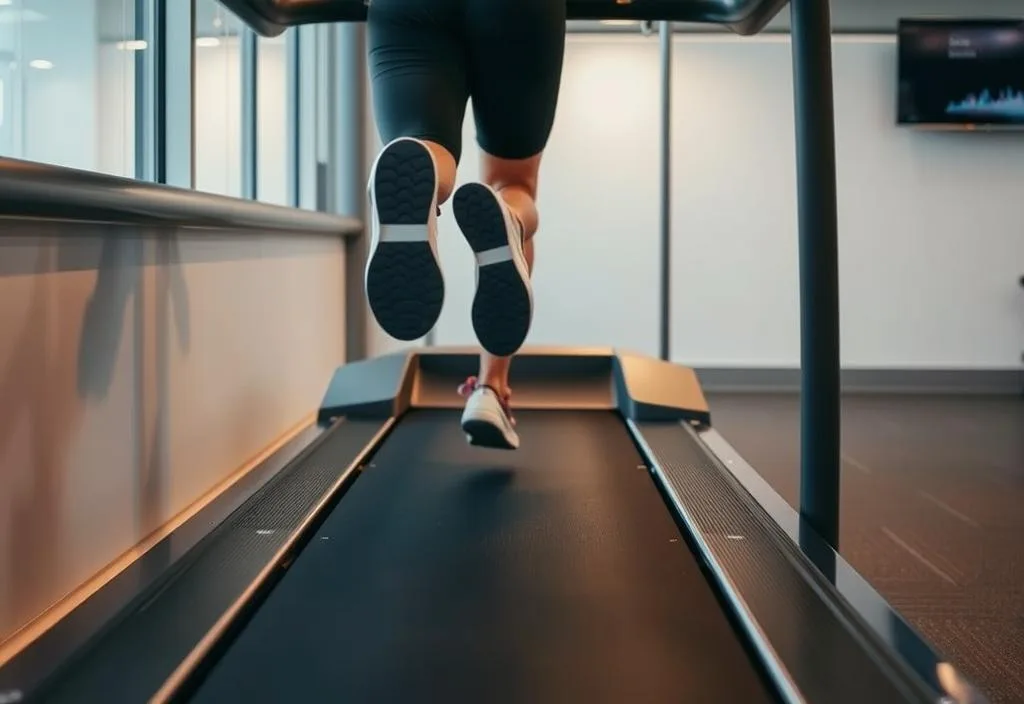
5. Incorporate Strength Training
Strength training can help improve your power and endurance, leading to faster individual best times. Focus on exercises that work multiple muscle groups at once, such as squats, deadlifts, and bench press. When incorporating strength training into your routine, consider factors such as your fitness level, available time, and goals. Start with lighter weights and gradually increase the load as you become stronger. Additionally, consider incorporating different types of strength training, such as weightlifting, bodyweight exercises, and resistance band training.

6. Get Enough Rest and Recovery
Adequate rest and recovery are essential for allowing your body to adapt to the demands of exercise. Make sure to get plenty of sleep and take rest days as needed. Additionally, consider incorporating recovery techniques such as foam rolling, stretching, and self-myofascial release to help reduce muscle soreness and improve recovery. When prioritizing rest and recovery, consider factors such as your fitness level, available time, and goals. Be sure to listen to your body and take rest days when needed to avoid burnout and prevent injury.

7. Use Video Analysis
Video analysis can provide valuable insights into your individual best times. Use a camera to record your performances and analyze your technique. Consider factors such as your posture, stride, and foot strike. Additionally, consider incorporating video analysis software or apps to help you track your progress and identify areas for improvement. When using video analysis, consider factors such as your fitness level, available time, and goals. Start with short videos and gradually increase the duration as you become more comfortable with the process. By analyzing your technique, you can make adjustments to improve your performance and reach your best times. For example, you may need to adjust your posture, stride, or foot strike to improve your efficiency and speed.

8. Join a Running Community
Running with a community can be a great motivator and help you track your individual best times. Join a local running group or find online communities. Consider factors such as your fitness level, available time, and goals. Start with small groups and gradually increase the size as you become more comfortable. Additionally, consider incorporating social media groups or forums to connect with other runners and stay motivated. Running with a community can provide a sense of belonging and accountability, which can help you stay motivated and reach your best times. You can also learn from others and gain valuable insights into their training and racing strategies.
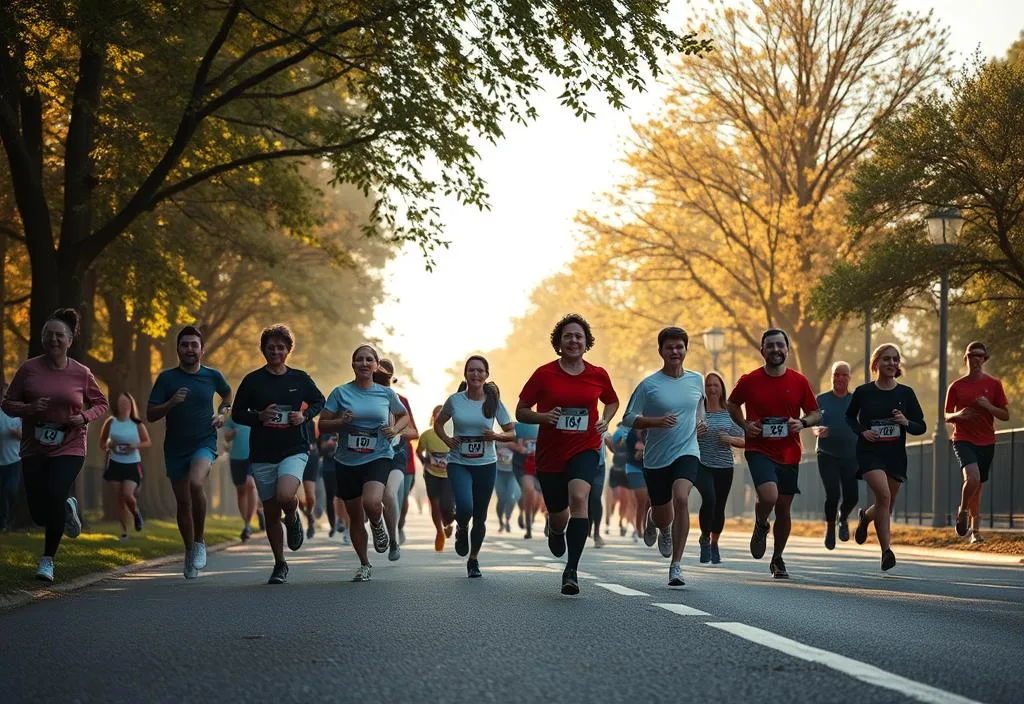
9. Use Heart Rate Monitoring
Heart rate monitoring can help you optimize your individual best times by ensuring you’re working at the right intensity. Use a heart rate monitor or smartwatch to track your heart rate. Consider factors such as your fitness level, available time, and goals. Start with short workouts and gradually increase the duration as you become more comfortable with the process. Additionally, consider incorporating heart rate zones to help you stay within your optimal training zone. By monitoring your heart rate, you can adjust your intensity and reach your best times. For example, you may need to increase or decrease your intensity to avoid overtraining or undertraining.
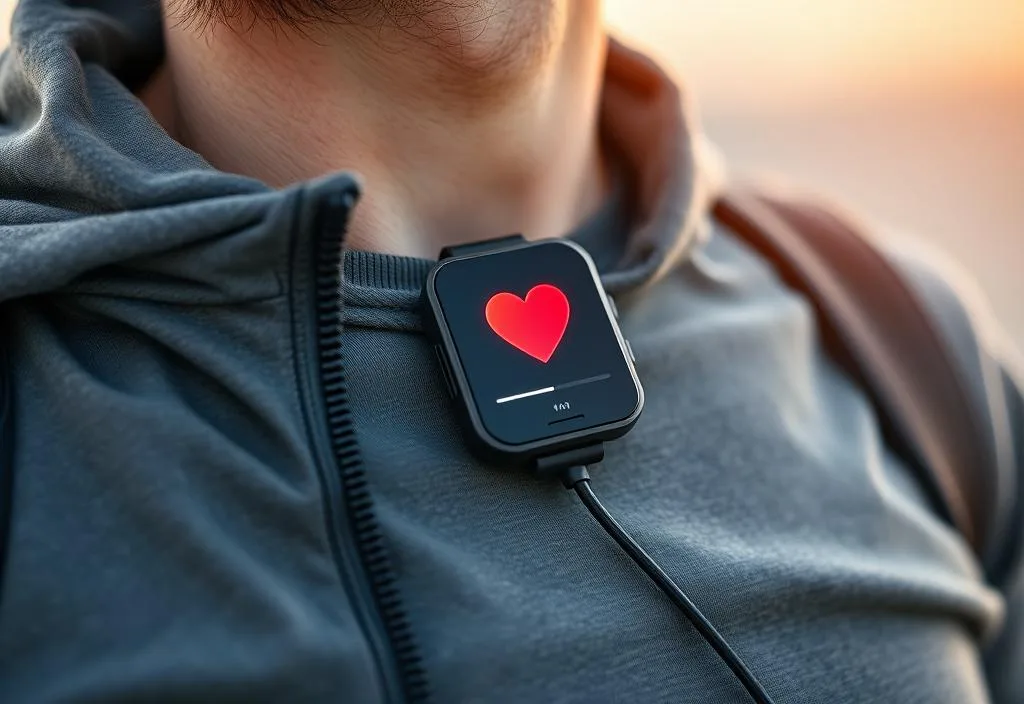
10. Set Realistic Goals
Setting realistic goals is essential for tracking and improving your individual best times. Make sure your goals are specific, measurable, achievable, relevant, and time-bound. Consider factors such as your fitness level, available time, and goals. Start with small goals and gradually increase the difficulty as you become more comfortable. Additionally, consider incorporating goal-setting worksheets or apps to help you track your progress and stay motivated. By setting realistic goals, you can create a roadmap for success and reach your best times. For example, you may set a goal to run a certain distance or complete a challenging workout.

Tracking and improving individual best times requires a combination of the right tools, training, and mindset. By following the top 10 tips outlined in this blog post, you can optimize your performance and reach new heights. Remember to stay consistent, patient, and motivated, and don’t be afraid to try new things and seek help when needed. With dedication and persistence, you can achieve your goals and become the best version of yourself. Additionally, consider incorporating a mix of challenging and easy workouts to keep you motivated and prevent burnout. By tracking your progress and adjusting your training plan as needed, you can reach your best times and achieve success in your fitness journey.
